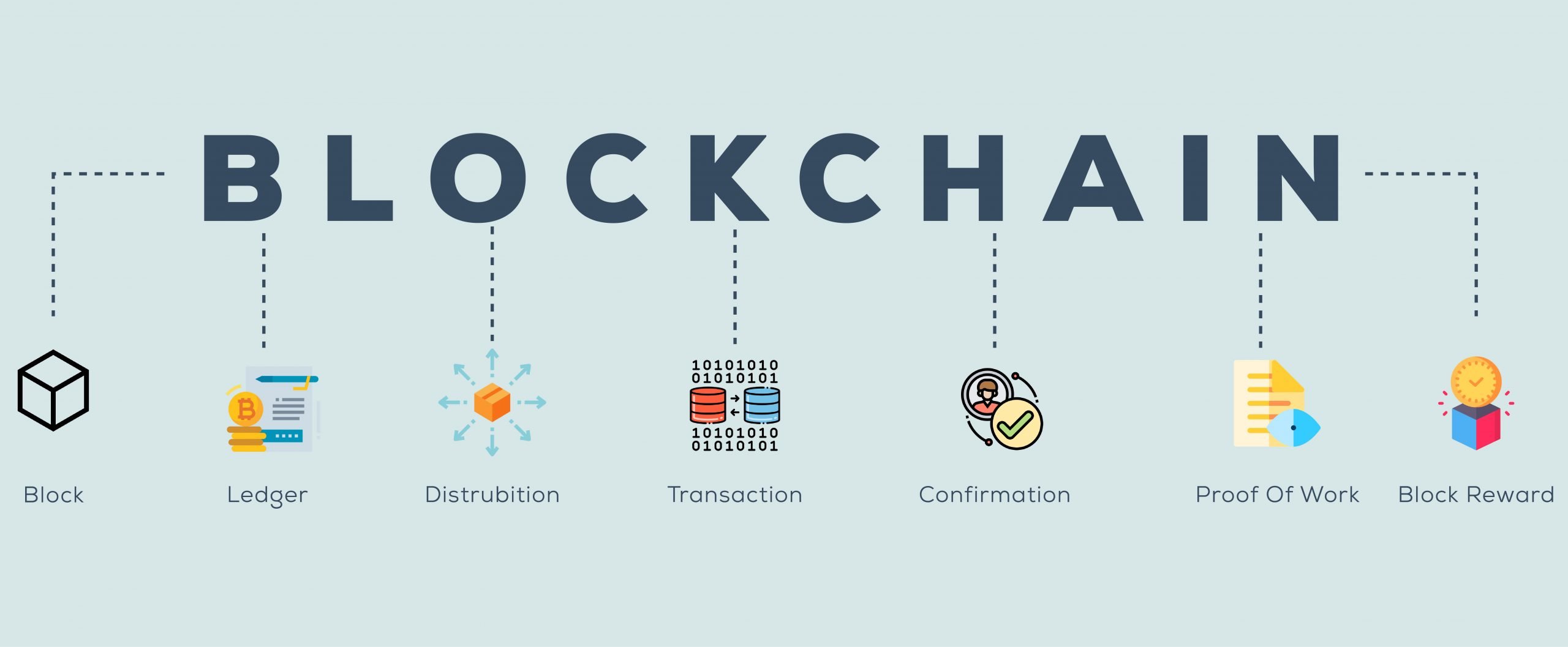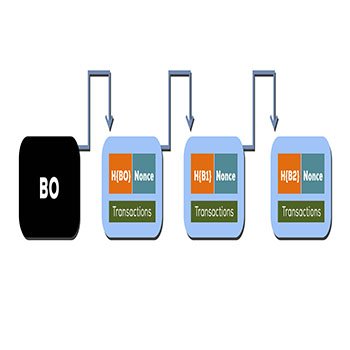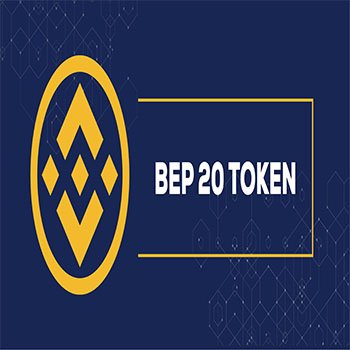Distributed Processing And Blockchain Solutions

Distributed Processing And Blockchain Solutions
What Are Distributed Systems?
- A group of independent nodes are connected in an integrated way to achieve the same result and are organized in such a way that the group appears to be a single system to the end-user.
- Nodes are programmable, asynchronous, autonomous, and prone to failure.
- Every node has its own memory and processor. They are shared by provinces and can work simultaneously.
- Nodes are linked to offer a service, share data or keep data (e.g Blockchain).
- All nodes communicate with each other using Messages.
- All nodes in the distributed system are able to send or receive messages to each other.
How Can We Configure Our Computers?
- So we've two types of architecture in distributed computing
- Client-Server Architecture
- Peer-Peer Architecture
Client-Server Architecture
There are two main elements of this architecture,
- Server
- Clients
This structure forms the basis of all the services provided by Distributed architecture that are easy to design and can accomplish the task from a single location. (e.g. server).
Here in the architecture, the server acts as the main centralized entity responsible for fulfilling all requests from all clients connected to the server on the same network.
The server and clients communicate with each other using the Request-Response method.
Modern-day examples of this technology are Cloud services, IoT devices, Browsers, etc.
Client
A business that communicates with a server to complete its task. They are usually connected to a server on the Internet.
Peer-To-Peer Architecture
- This structure is like a network of connected computer programs where they can share information and resources.
- Here, the whole system in the network is called a node or 'peer'.
- This facility can be used in Blockchain technology, Transport Services, E-Commerce, Education, Banking and Finance, etc.





